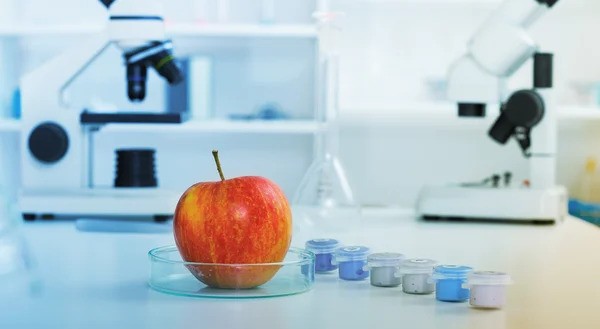No products in the cart.

**Endotoxin Assay Kits: Vital Tools in Quality Control and Safety**
Endotoxins (gram-negative bacterial lipopolysaccharides) can cause severe inflammatory reactions such as fever, septic shock and even death even in very small amounts. Hence, their identification and measurement is of great importance in the pharmaceutical, medical and food industries. Endotoxin Assay Kits (LAL Test) are used as the gold standard for this purpose.
**Types of Endotoxin Assay Kits**
1. **Gel-Clot Test**
– The simplest and oldest method.
– It works based on the formation of a gel in the presence of endotoxin.
– It is semi-quantitative and has a specific detection limit.
– Cost-effective and does not require complex devices.
2. **Chromogenic test**
– Based on the release of dye in the enzymatic reaction.
– More quantitative and sensitive than the gel clot method.
– Requires a spectrophotometer to read the results.
– Suitable for complex samples such as plasma or biological products.
3. **Turbidimetric test**
– Measures the turbidity caused by the reaction of endotoxin with LAL.
– Quantitative and highly accurate.
– Requires a turbidimeter.
**Main applications**
– **Pharmaceutical industries:** Testing injectable products (such as distilled water for injection, vaccines).
– **Medical devices:** Safety assessment of catheters, implants, and dialysis machines.
– **Biological research:** Study of immune responses to endotoxin.
– **Quality control of raw materials:** Such as ultrapure water used in the laboratory.
**Advantages and limitations**
✅ **Advantages:**
– Very high sensitivity (even at pg/mL).
– Fast results (usually between 15 minutes and 2 hours).
– Compliance with international standards (USP, EP, JP).
❌ **Limitations:**
– Only detects endotoxin of gram-negative bacteria (not other pyrogens).
– Some interfering substances (such as β-glucans) can distort the results.
– The need for careful control of test conditions (temperature, pH, incubation time).
**Key points in choosing a kit**
– **Required sensitivity** (based on the permissible endotoxin limit in the sample).
– **Sample matrix** (blood, serum, drug solutions, etc.).
– **Capabilities of available devices** (spectrophotometer, microplate reader, etc.).
– **Compliance with regulatory standards** (FDA, ISO).
**Summary**
Endotoxin assay kits are essential tools to ensure the safety of medical and pharmaceutical products. The selection of the appropriate method depends on the testing needs and available facilities. As technology advances, new methods such as **nanotechnology-based assays** are also being developed that can increase the accuracy and speed of these assays.
